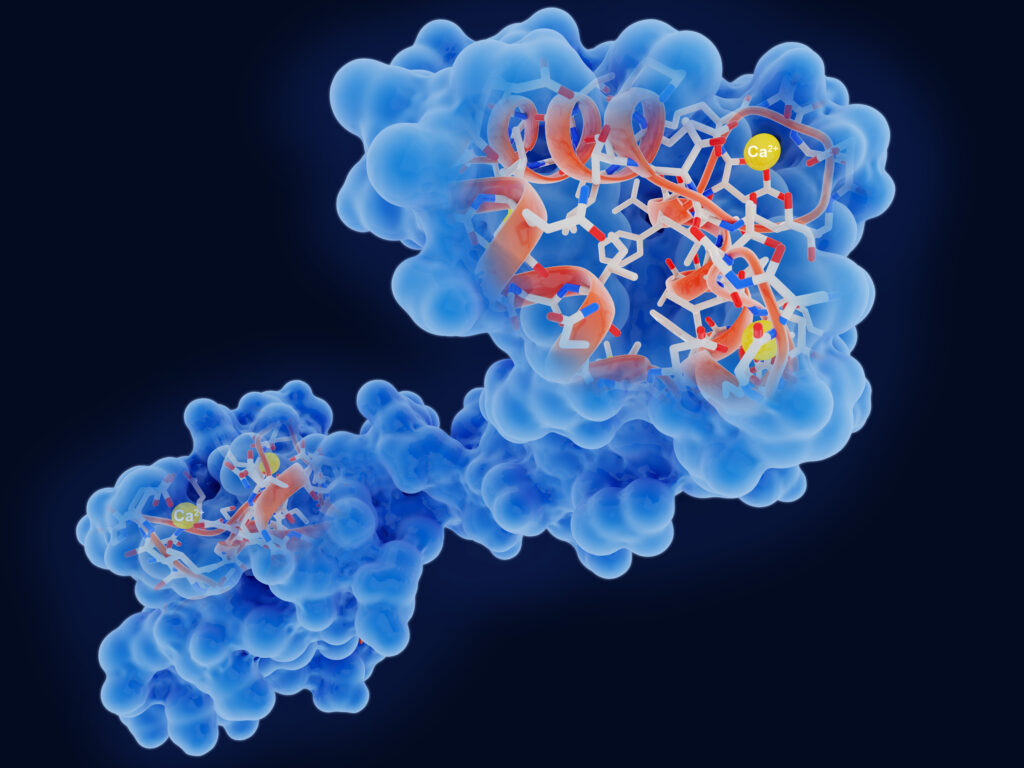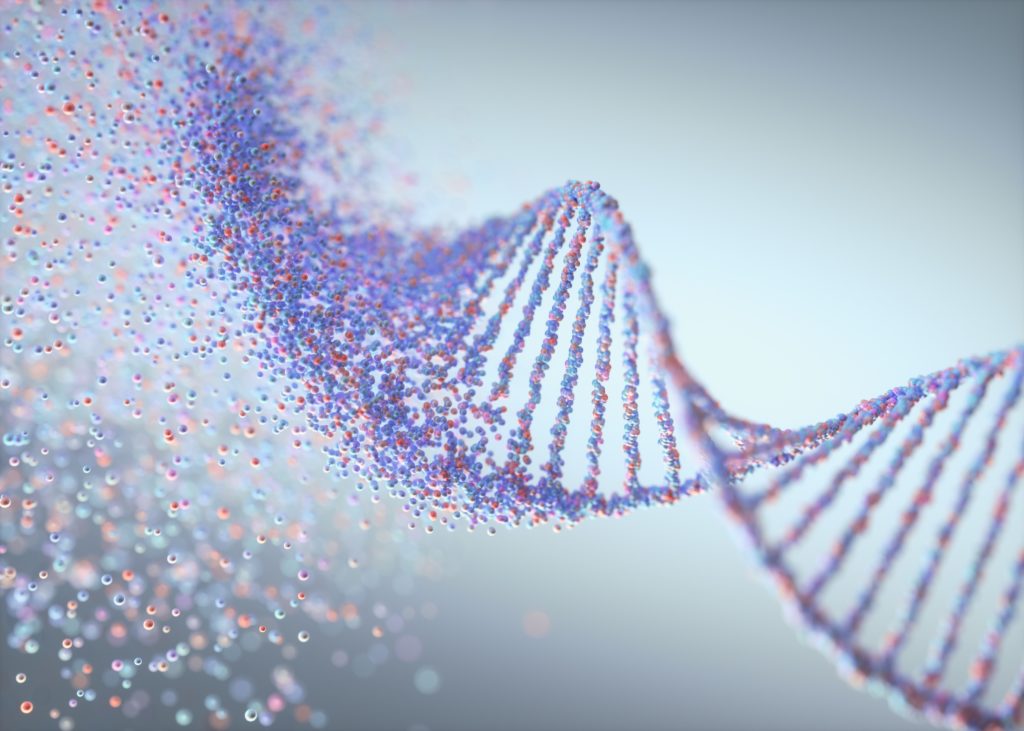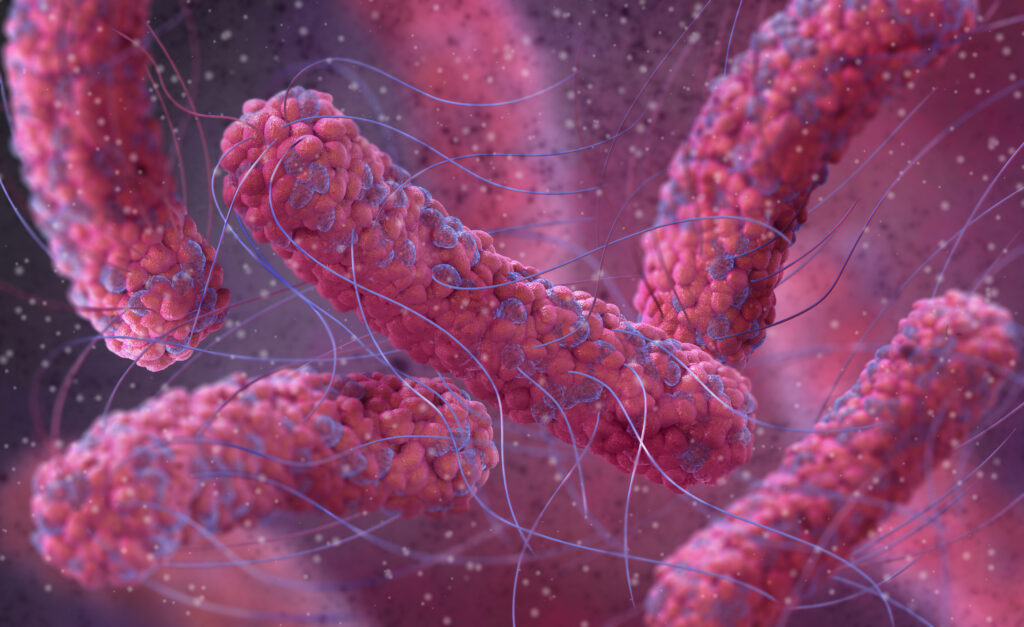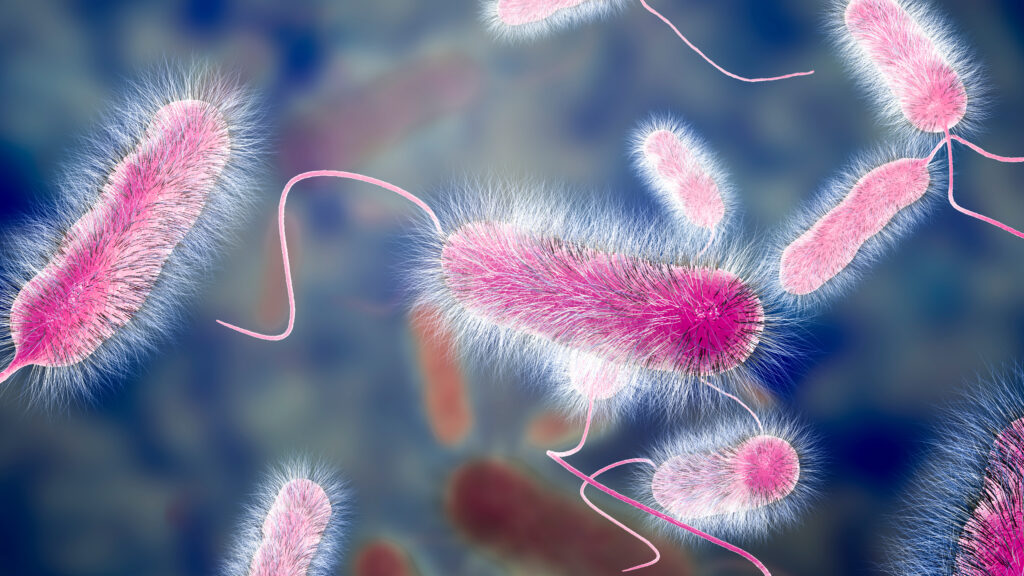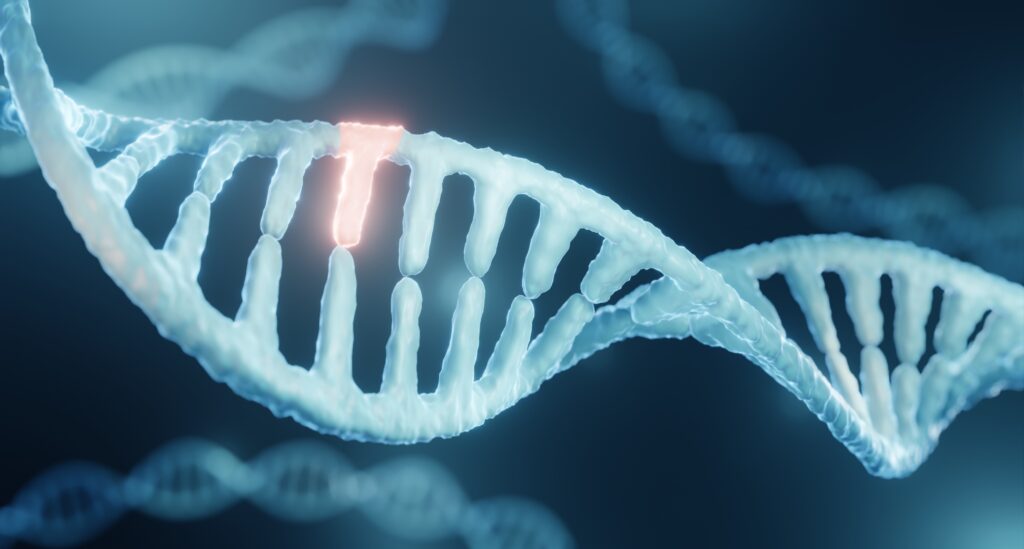
Trends in Ecology and Evolution follows the trend, Part I
Dear Readers, The latest issue of the journal Trends in Ecology and Evolution (TREE) carries a tediously disdainful review (1) of The Edge of Evolution which revisits the blunders of previous reviews while adding new ones. This is the first of a three part series concerning the review. (References will be attached to the third part.) Like almost all reviews by Darwinists, this one begins with a genuflection to the Dover trial, where a former-head-of-the-Pennsylvania-Liquor-Control-Boa rd-appointed-judge, showing no evidence he actually understood the academic arguments of either side, copied almost word for word the document handed to him at the end of the trial by the lawyers for the complainant. This was his “decision.” For signing off on a document castigating intelligent design the apparently Read More ›



